- Sold out15% offSale price $2750 Regular price $3250Unit price /Unavailable
- Sold outRegular price $4968Unit price /Unavailable
FAQS for Buying Aster Online
When do Aster plants bloom?
When do Aster plants bloom?
Asters are renowned for their late-season blooms, typically flowering from late summer through fall. They provide vibrant color just as other perennials begin to fade, making them a vital source of nectar for Monarchs and other migrating pollinators.
Do Asters come back every year?
Do Asters come back every year?
Yes, Asters are hardy herbaceous perennials that return year after year. With proper care and division every 3–5 years, they can continue to thrive and bloom beautifully in your garden for decades.
Where is the best place to plant Asters?
Where is the best place to plant Asters?
Plant Asters in full sun to partial shade in well-drained soil. They perform well in pollinator gardens, cottage borders, rock gardens, and even containers, offering flexibility for any landscape.
How do you keep Asters blooming longer?
How do you keep Asters blooming longer?
To extend the bloom time, deadhead spent flowers and cut stems back by half in midsummer to encourage bushier growth. Asters appreciate consistent moisture during their first year and benefit from mulching to retain soil moisture and suppress weeds.
Are Asters drought tolerant and pollinator friendly?
Are Asters drought tolerant and pollinator friendly?
Yes, once established, Asters are drought tolerant and incredibly pollinator friendly. Their daisy-like blooms attract bees, butterflies, and beneficial insects, making them an essential addition to any eco-conscious garden.

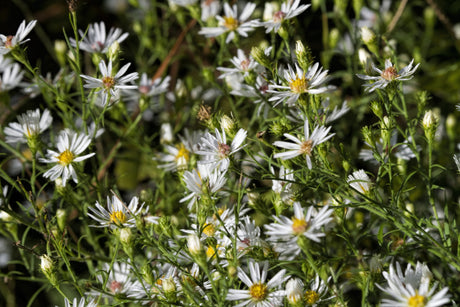
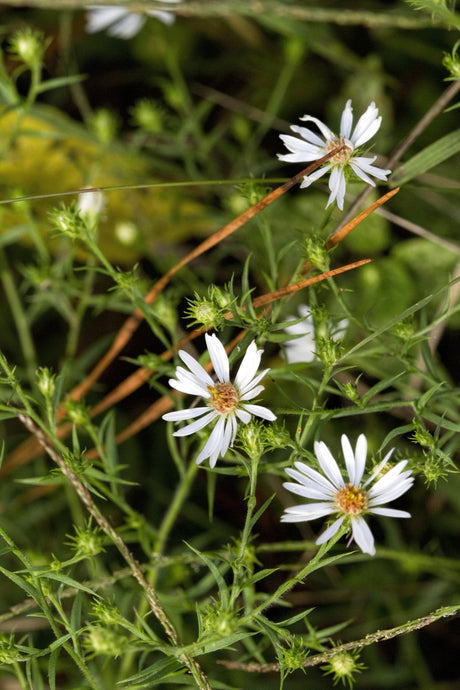
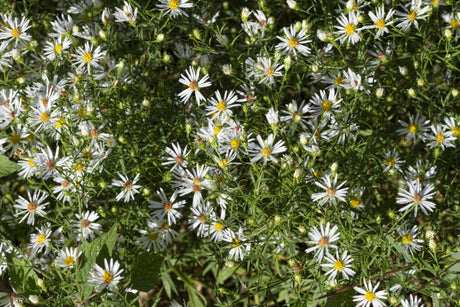
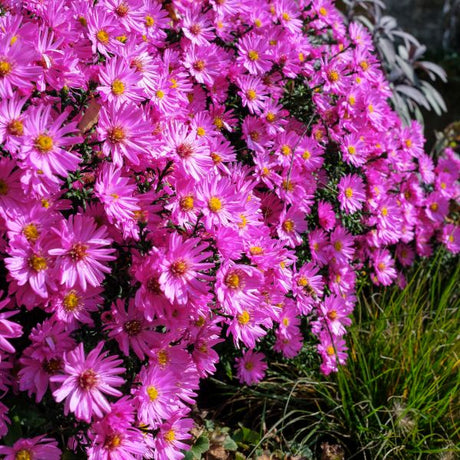
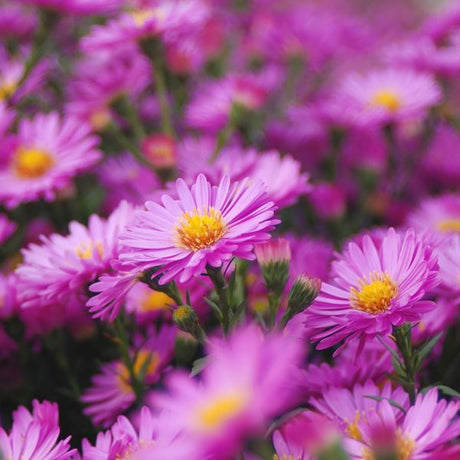
 Derived from the Greek word that means
Derived from the Greek word that means  There are many uses for this brightly colored flowering plant. Until it is in bloom, the mounds or airy clumps are fantastic landscape fillers and backdrops for their earlier flowering perennials or garden plants.
There are many uses for this brightly colored flowering plant. Until it is in bloom, the mounds or airy clumps are fantastic landscape fillers and backdrops for their earlier flowering perennials or garden plants.